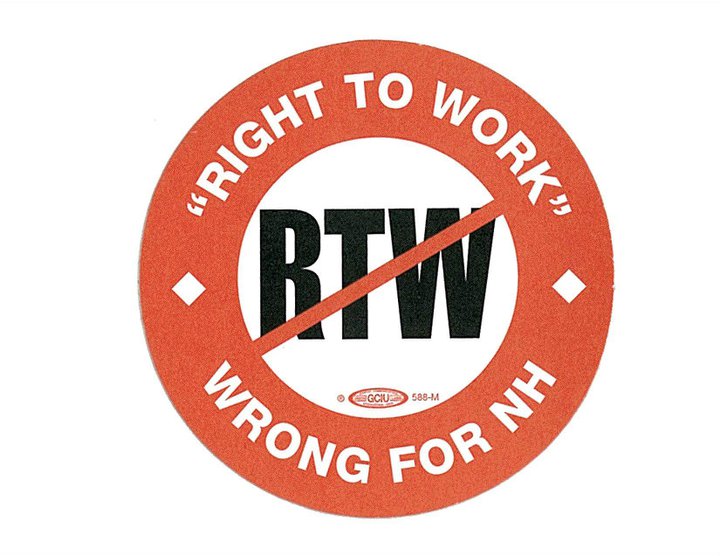Portsmouth Assistant Mayor Splaine Wants Union Workers Building Sewer Plant
By Jeff McMenemy
jmcmenemy@seacoastonline.com
PORTSMOUTH — Assistant Mayor Jim Splaine said he will introduce a motion at the April 4 City Council meeting to have the city enter into a project labor agreement for the construction of the city’s new $83.4 million sewer plant on the city-owned Peirce Island.
Splaine explained that if the council ultimately approves the proposal the plant will be built by either union members or workers who have been “union qualified so they would receive union-level benefits.”
“I think it guarantees quality and it guarantees a fair living wage with health insurance,” for the workers on the project, Splaine said Tuesday.
Splaine noted his father was an agent with the union building trades and he believes union workers “will do quality work and I think that’s what we expect in this case.”
Asked if he was concerned that hiring union workers would drive up the cost of what is already the biggest capital project in the city’s history, Splaine said, “No I’m not concerned because we get better quality workers, which means they’ll be more efficient and experienced.”
He acknowledged some have criticized union workers, but he believes they are typically more skilled and more experienced than non-union crews.
“You end up having more efficient people who are more experienced and we can benefit from that,” Splaine said.
City staff agreed at the City Council’s Monday night meeting to look into exactly what a project labor agreement would consist of.
Mayor Jack Blalock said he supports having city staff look into the issue.
But he said he’s still learning about project labor agreements and doesn’t “have any experience dealing with unions or putting out bids on projects.”
“I certainly agree that the staff should look at that,” Blalock said Tuesday.
Tom Hersey, business manager of Labor’s Local 976 in Portsmouth, asked the City Council to consider “that the wastewater plant be built under a project labor agreement.”
The agreement, he said Monday night at the City Council meeting, would “guarantee that all the workers on the job site would be paid the New Hampshire union rate.”
“One thing that you could guarantee by having this built under a project labor agreement is that you’d have a highly skilled, experienced, productive workforce,” he stated.
Even if the city awarded the bid for the project to an out-of-state contractor, they would have to hire “workers that have a connection to Portsmouth and the Seacoast,” Hersey said.
“They would bring with them a sense of pride building that wastewater plant safely, on time and under budget,” Hersey said.
Splaine cast the lone no vote against building the new sewer plant on Peirce Island, which he said should be protected for all its recreational uses.
“I want to make sure that since we’re building this plant on an environmentally sensitive Portsmouth treasure, that it is done right and with care,” Splaine said Tuesday.






